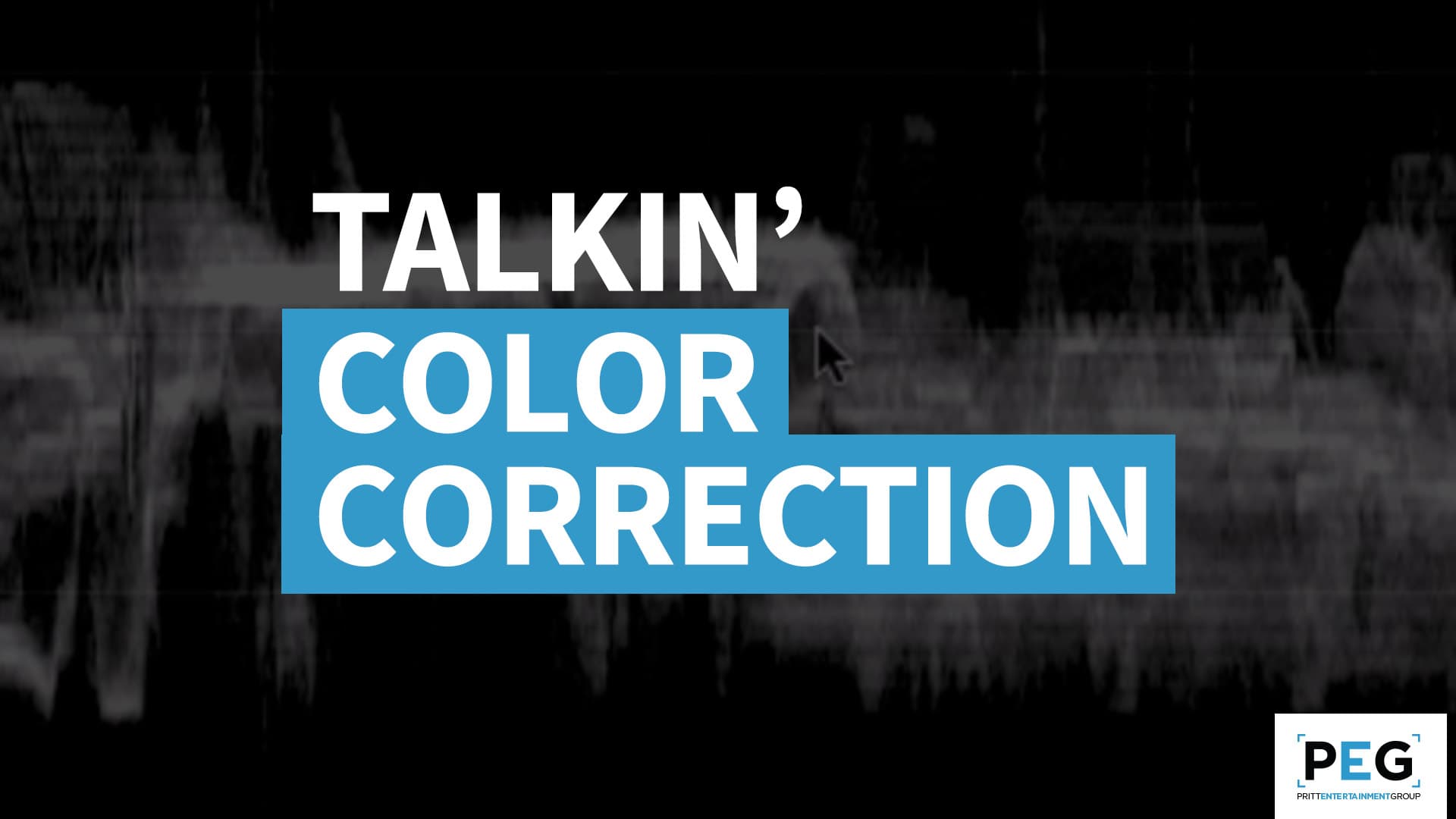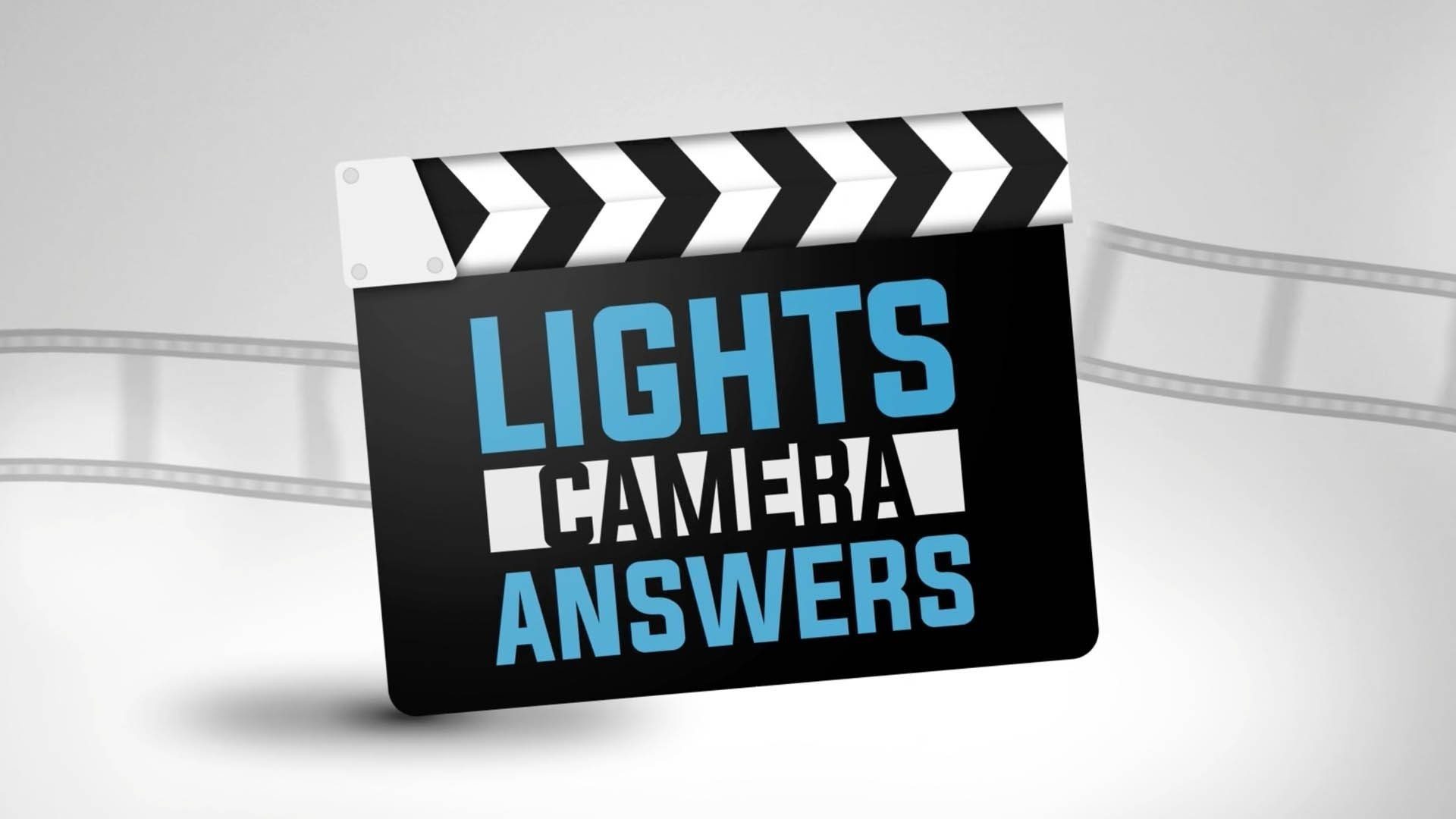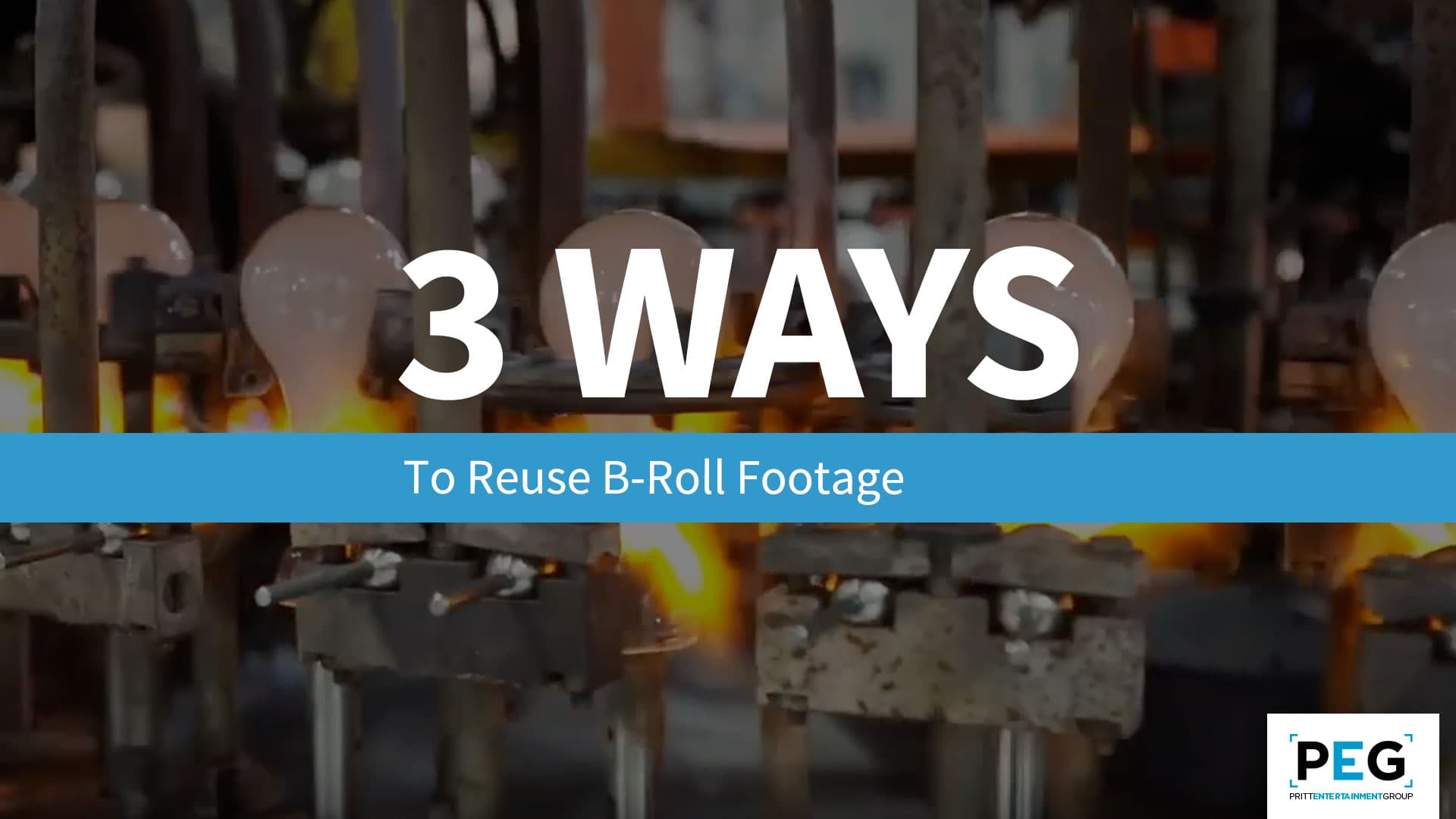Talkin' Footage
From bitrate to b-roll, technical jargon and industry buzzwords can be confusing when it comes to footage. So, PEG Gear Master and Production Manager, Josh, is here to walk you through some of the more common terms and what they really mean for your video project.
Video Transcript
Hey everyone, and welcome to this episode of PEG Reel Talk. My name is Josh Kuss and I'm the Production Manager at PEG. In this episode, we're going to talk through all the ins and outs of footage.
So there are a bunch of different ways to capture footage and we want to talk through some of those to give you a better understanding of it all. To get started I'd really like to talk through some of the file types of footage you might receive, and the first one I'm going to talk about is web-ready or compressed video files. Now these are generally mp4s, and what I mean by web-ready is when you receive the footage, it is actually ready to be uploaded to your preferred platform, be that YouTube, Twitter or Facebook. Wherever this video is heading it's already ready to go. Something nice about this type of file is you're in control of the quality and the size of the file through something called bitrate.
Bitrate is the data rate-per-second of a video. So a good example of this would be a video with a bit rate of 1000 kilobits per second is going to look better than that same video with a bit rate of 500 kilobits per second, because the more the bitrate, the higher the quality and the larger the file up to a certain extent. A fun example of this was when we had someone reach out from the American Advertising Awards and request a 5 megabyte version of our ADDY vision video. Now, our original HD export of this project came in at nearly 800 megabytes. So, in order to make it that small we had to sacrifice a lot of quality as you see here. We attempted to lower the bitrate as far as we could, but it was still too large. So, we actually also had to decrease the frame size. This was an incredible thing to be able to do, but it also shows you just how low the quality of HD footage can be if it has too low of a bit rate.
So the most important takeaway from our first footage file type is definitely the idea of bitrate. The idea that an mp4 could be HD or it could be 4k and that's not necessarily what's driving the quality of that file. What is most important is the bitrate. So, keep in mind the higher the bit rate, the higher the quality, the higher the file size. Now, we generally use this type of format for deliverables. So we could finish a fully edited piece and this is what we would render it to to hand off to you. We don't generally use this format for handing off footage that we shot. Not because it's not high quality, but because there is a definite difference in color depth between this format and the next format I'd like to talk about which is high quality Pro Res footage.
The big difference between Pro rRs and the previous type of video files is the color depth. These files are 10 bit while the previous files are 8 bit. Now this might not sound like a huge difference but it definitely is. 10 bit footage files can record over 1 billion colors and 8-bit footage files can only record about 17 million colors. Having this many more shades of colors available helps with smooth transitions from one color to another in our shots. More bit depth doesn't only mean more colors though it also means we have more dynamic range and what this means is that there will be more information recorded in the darkest and the lightest parts of the scene which will allow us to adjust the shadows or the highlights and still actually have detail in those areas. The only other big note about this type of footage is that it is significantly larger in terms of file size so if a lot of footage is being handed off to you a large hard drive may be necessary.
The last footage file type I want to talk about before we jump into a few other important things about footage is RAW video. At PEG we actually have two cameras that shoot two RAW and it is just by far the best format for editing video. I'm actually recording this Reel Talk on our RED and RED RAW right now and that's just because it's so much fun to work with. RAW file types use a 12 to 16 bit color depth. So if you think about earlier when we made the jump from 8-bit to 10 bit you can imagine we're getting way way way more colors but that's actually not the important thing we're gaining in the raw file type we're really gaining a ton of dynamic range. Where earlier we could definitely save some data in our highlights and some data in our shadows now we could completely miss exposure on a shot we could over expose like crazy and we actually have a very good chance of saving that data entirely and making it look as if it were shot correctly. It's just such a powerful format. There are other very technical reasons why RAW is so much better to work with, but I don't think those are worth diving into in this video. Take it from me and our editors, RAW correction is incredible and just very, very powerful.
That being said and I'm sure you're starting to see the trend here these files are even larger than normal editing files not only because of the information but also because our systems at PEG that offer raw also offer higher frame sizes like 5k and 6k and when given the option will always record to the largest frame size possible.
This actually brings me to another really good note about footage. Regardless of the type of file we're sending you there are a couple of attributes that will always be important for you to consider and those are frame size and frame rate. Now, the frame size is just the resolution that the video was recorded at and very likely today you're gonna receive something that's either 1080p or 4k. If you were working with PEG and we filmed on our RED or our drone you may receive a file that is 5k or 6k. So, those are always very important to note the idea of frame rate is actually just the frames per second in which the video was captured. So, generally at PEG will record everything in 24 frames per second unless we're told otherwise. YouTubers generally record things in 60 frames per second. The main difference between these and what changing your frame rate will change is the perception of motion in your shot. For instance, while filming in 24 frames per second the object will have some motion blur while it's moving but while recording in 60 frames per second the object will remain crisp through that motion when talking frame size and frames per second an important thing to remember is that as these both go up, file size goes up accordingly.
All right, I think we're finally done with the technical side of footage. We've covered our file types, we've covered bit depth, bitrate, dynamic range frames per second, frame size. I think we're good. I think we can move on to the actual content of the footage.
Now the content of your footage can vary from shoot to shoot, but there are definitely a few key terms that we want you to know before obtaining your footage. The first one I'd like to start with is b-roll. B-roll is a very common term when talking about footage. It's a general word for footage captured to add more dimension and more beauty to the story you're telling through video. This can be shots of products, a facility, of workers interacting with customers, of a person entering your space, the list could go on forever. B-roll is all of the content that you capture to visually tell the story while an interviewee or a voiceover speaks to it. Overall it'll definitely be the most diverse set footage you receive with a huge range of possible shots.
Next there's interview footage, which is exactly what it sounds like. That's all the footage of people being interviewed. Now there are a few styles for this so it's important to know what style you want when you're planning your shoot. A few examples would be thirds-framed interviews, where the interviewee is looking at an interviewer off camera. You can choose to either frame them in the left third or the right third, so you have a little bit of variation there. Another example of center-framed interviews, where the interviewee is looking directly into the camera. And then a third example which you could definitely mix the first two into our two camera interview shoots, where the main angle is one of the ones we previously discussed, and then the side angle is actually a camera with some motion. So it's moving around and getting a cool side angle.
Our next type of footage is drone footage. This is exactly what it sounds like, aerial footage that was captured with a drone. This footage can range heavily in quality from a small consumer drone to something like what we have at PEG, the DJI Inspire 2, which records 6k ProRes RAW footage. But keep in mind depending on who filmed it the drone footage could range all the way down to 1080p 8-bit footage. That being said, drone footage is always beautiful and unique and it really does add a lot to every video its featured in. A very, very important note when talking about drone footage is if you are planning on using this for commercial use, so something for your business anything like that, it has to be captured by a licensed drone pilot who is following all of the FAA regulations in order to capture the footage. If you use footage that is not captured this way in the FAA finds out you could be subject to a very, very hefty fine, so try to always follow the rules of the FAA when handling drone footage for commercial use.
Now, our next type of footage that I love to talk about is green screen footage. Now this is so much fun to play with and if for any reason your idea for a video included a green screen setup you can take that footage and remove the green to put your subject on the moon or somewhere fun. The lighting and quality of this footage is extremely important. If the lighting is uneven or the video is very compressed it'll be very hard to remove the green screen.
The last type of footage worth mentioning is 360 video, which is awesome looking in a very unique way. To capture this video is definitely the hardest to work with because you can't just view it on any app you do need a specific 360 video player to view the footage and the special editing setup to make tweaks to it. You can't just treat it like normal footage, that's for sure. But when all the work is done, it turns out to be pretty cool the viewer can turn the camera around with their mobile device and view the entirety of the surrounding area that was filmed.
Alright, I think that about wraps it up for this episode of Reel Talk. There's definitely more to be said about color space and how footage looks when you first receive it, but I think that's all gonna come in another episode of Real Talk talking about color specifically.
If you like this content you want to check out more of it head to Pritt Entertainment Group dot com. You can also check out some really cool work we've done for our clients using all the types of footage that we just talked about. Thanks for watching and I'll catch you next time.




